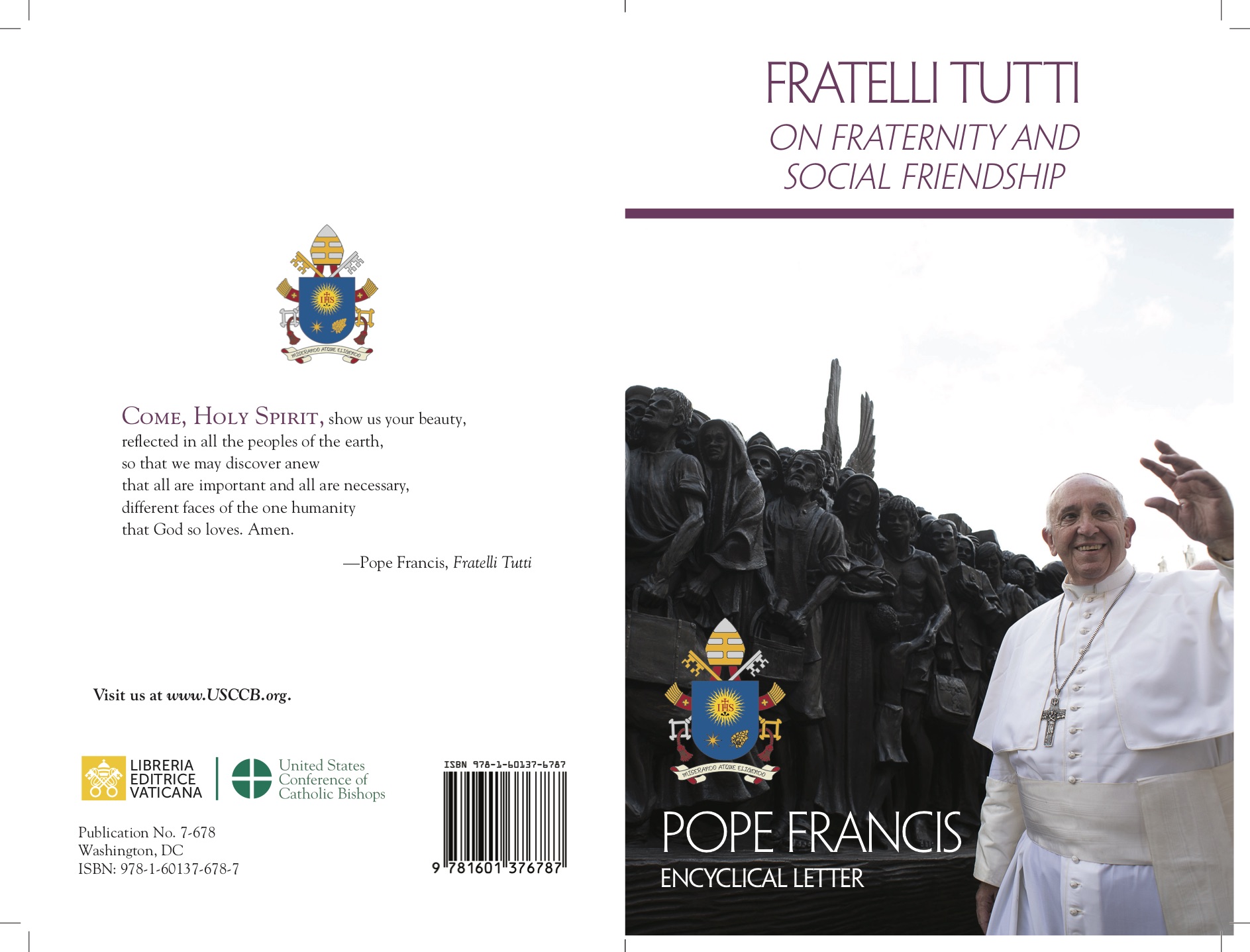
The mystery of the Incarnation lies at the heart of the Christian faith: it reveals a God who takes on human flesh, assumes mortality, and shares in the experiences of humanity. This profound and revolutionary concept, which was introduced by Christianity, is further distinguished by its extraordinary circumstances: a virgin conceives through the Holy Spirit and gives birth to a son who is the Son of God, without the involvement of any man. This event defies rational explanation and invites faith, often described as a “miracle.”
Literally, a miracle is a “marvelous thing, to be admired”, and indeed, the term is often applied to works of art, breathtaking natural landscapes, and bizarre and surprising fantasies. It is within Christianity that the miracle transcends into an event that surpasses the laws of nature and thus reveals the power of God. The most evident miracles, those that throughout the two-thousand-year history of Christianity have challenged, provoked, and contributed to a literature of legends and real-life events, are those linked to the human body, miraculous healings.
Even cinema has contributed to narrating miracles of this nature, often focusing on human corporeality, particularly the female body, which is more readily associated with concepts of grace, sensitivity, and fragility.
When discussing miraculous healings, one immediately thinks of Lourdes, the village in southern France renowned for the Virgin Mary’s apparitions to young Bernadette in 1858. Today, it remains a pilgrimage destination, especially for the sick seeking miracles through the waters from the cave springs where Mary appeared. Over 150 years, approximately 7,500 healings have been reported, but the Catholic Church has officially recognized only 70 as miracles, with eight out of ten involving women.
A recent film exploring the quest for miracles in Lourdes is The Miracle Club (2023), featuring three Irish women from Dublin—portrayed by Maggie Smith, Kathy Bates, and Laura Linney—who fulfill their dream by winning a trip to the French town. In stark contrast to this lighthearted film is Lourdes (2009), written and directed by Austrian filmmaker Jessica Hausner, which premiered at the 66th Venice Film Festival and received both the Signis Award from the Catholic film organization and the Brian Award from the Union of Rationalist Atheists and Agnostics.
In Hausner’s film, the story revolves around Christine, a young woman paralyzed by multiple sclerosis and confined to a wheelchair, who joins a pilgrimage to Lourdes and experiences a miraculous healing. Rather than questioning the miraculous event, the film focuses on the reactions of other pilgrims to Christine’s unexpected transformation. Hausner adopts an almost documentary-like approach, influenced by the styles of Aki Kaurismäki and Jacques Tati, to delve into the human psyche confronted with the unknown and the irrational, inviting viewers into Christine’s perspective. Sylvie Testud delivers an exceptional performance, earning her the European Film Award for Best Actress.
Christine is portrayed as universally beloved, her sweetness tinged with a reserved nature and physical limitations, including partial muteness, which lend her a unique charm. She does not seek anything from others, yet in her desperation, she allows life to unfold around her. Despite praying less than others and joining pilgrimages mainly to leave home, she becomes the recipient of the miracle, experiencing apparent happiness as she sings Felicità [Happiness] by Al Bano and Romina, dances, and falls in love, only to confront doubt and the absurdities of daily life once more. The protagonist of Piccolo Corpo [Small Body} (2021), Laura Samani’s debut film, awarded as “Best Debut Director” at the David di Donatello and European Film Awards, is of a completely different nature. Here, Agata, a very young woman from a small village of lagoon fishermen in late 19th or early 20th century Friuli, does not resign herself to the idea that her own daughter, born dead, might be in Limbo because canon law prevents her from being baptized. Upon learning that in the snow-covered mountains of Val Dolais there is a church where children born dead awaken just long enough for the necessary breath to be baptized, Agata embarks on a challenging journey fraught with obstacles, accompanied by Lince, an ambiguous and enigmatic character who knows all the secrets of the mountain. In this case, the protagonist desperately seeks the miracle, which for her equals that indomitable hope that gives her life. Her young and delicate body, wounded by death and marked by the milk that her breasts continue to produce, guards the wooden box containing the remains of the deceased child, almost like a tabernacle that represents the “real presence” that sustains all her efforts. Among the many evocative images, at one point Agata, against the advice of the miners themselves, decides to cross the dark and narrow tunnels of a cave from which no one ever returns: it is the very image of faith seeking a miracle and clinging to it, capable of traversing and attempting to overcome impassable paths.
The miracle of life, capable of defeating even the most base and brutal violence, is the focus of Agnus Dei (2016) directed by Anne Fontaine: in 1945, a young French medical student finds herself in a Polish convent where several nuns are pregnant after being repeatedly raped by Soviet soldiers. Despite the terrible events, which surpass the bitterness of scandals and deceit, this becomes an opportunity to also welcome the country’s orphans and (re)generate life. A novice who is a victim of sexual violence is also the protagonist in the Romanian film Miracle (2021), presented in the “Orizzonti” section at Venice. In Bogdan Apetri’s film, a miracle resolves the narrative, akin to popular mysteries, but it does not provide definite answers. What happens could be an intervention from above or simply a fulfilled desire.
What unites all the female protagonists of these films is perhaps the courage to seek the miracle or to endure its consequences, combined with a keen sensitivity in reading reality. Perhaps this is the necessary condition for a miracle, whether real or perceived, to be recognized.
The miracle of life, triumphing over the darkest violence, lies at the heart of Agnus Dei (2016) directed by Anne Fontaine. Set in 1945, the film follows a young French medical student who arrives at a Polish convent where several nuns are pregnant after being raped by Soviet soldiers. Despite the profound tragedy and the scandal it provokes, this harrowing situation also becomes a catalyst for welcoming and nurturing life, including the orphans born from these traumatic events.
Similarly, in the Romanian film Miracle (2021), showcased in the “Orizzonti” section at the Venice Film Festival and directed by Bogdan Apetri, a novice who has endured sexual violence emerges as the central figure. The narrative culminates in a miraculous event reminiscent of popular mysteries, yet it leaves interpretations open-ended, uncertain whether it is divine intervention or the fulfillment of a fervent wish.
What unites these female protagonists across both films is their courage in seeking or enduring miracles, and their acute sensitivity to the complexities of reality. Perhaps this sensitivity is a necessary condition for recognizing miracles, whether they are objectively real or perceived.
By Davide Brambilla
Priest, Vicar of the Pastoral Community “Padre Nostro” in Milan, and a cinema enthusiast - Cinematograph Magazine













 Purchase the Encyclical here Fratelli Tutti
Purchase the Encyclical here Fratelli Tutti
